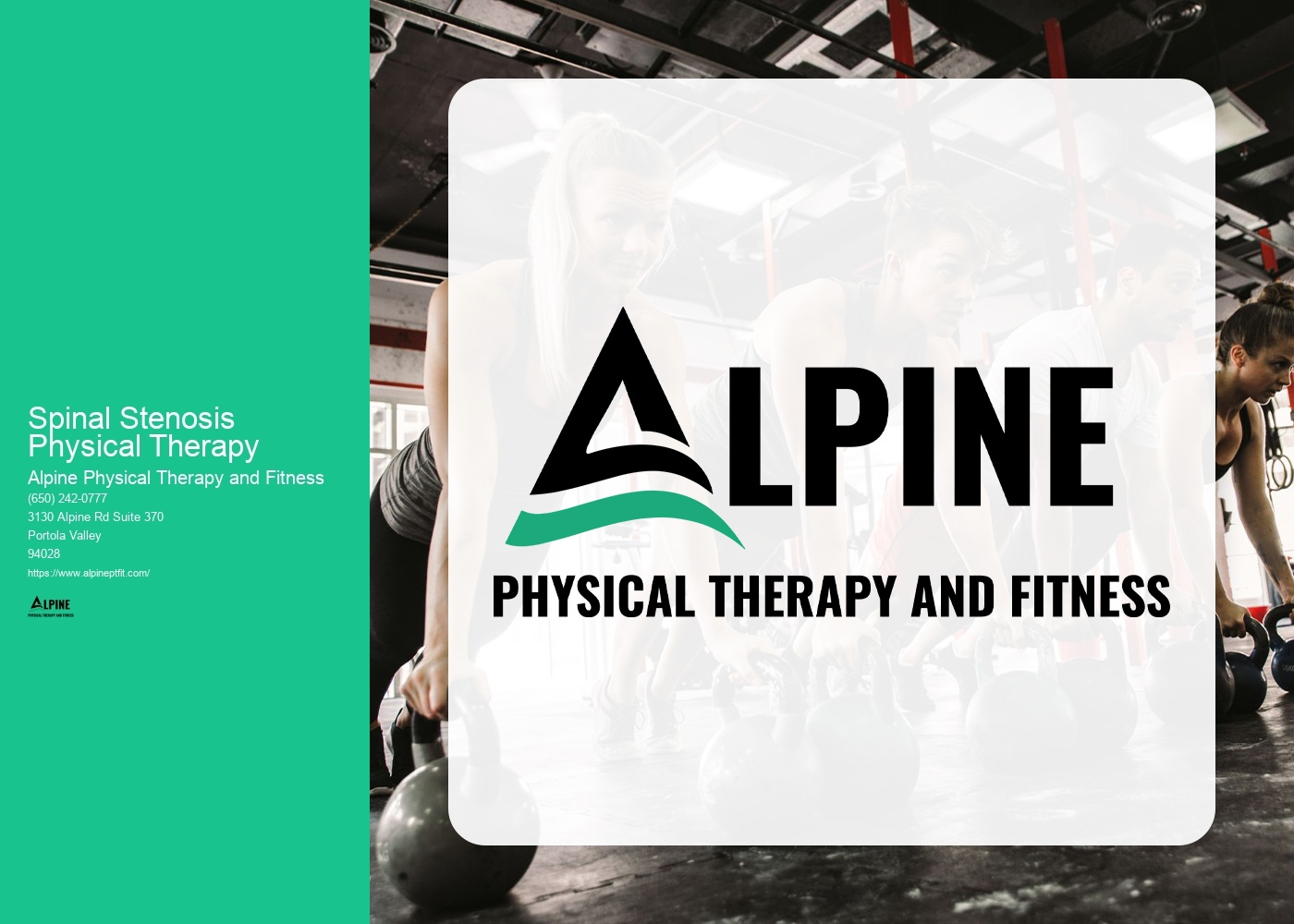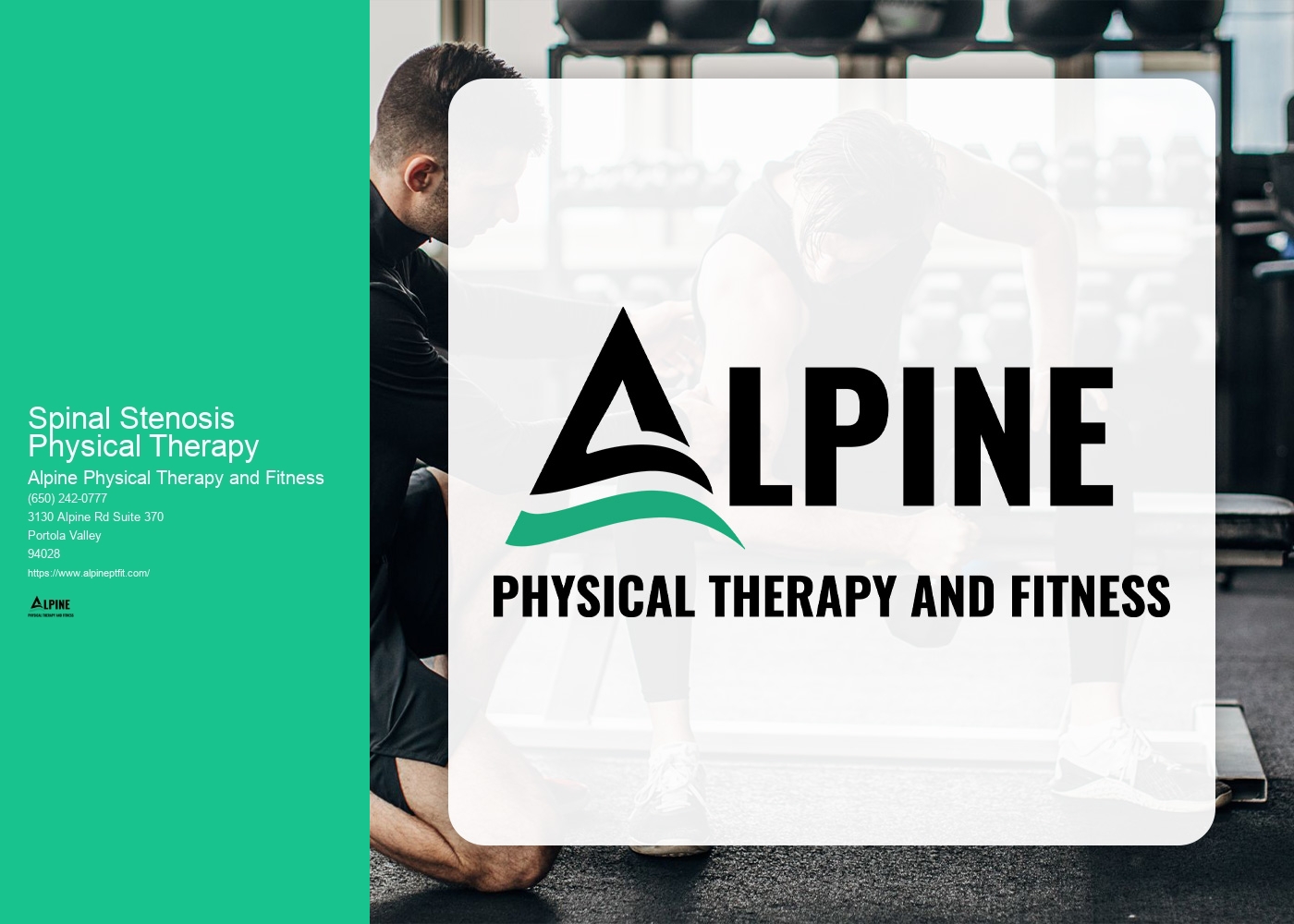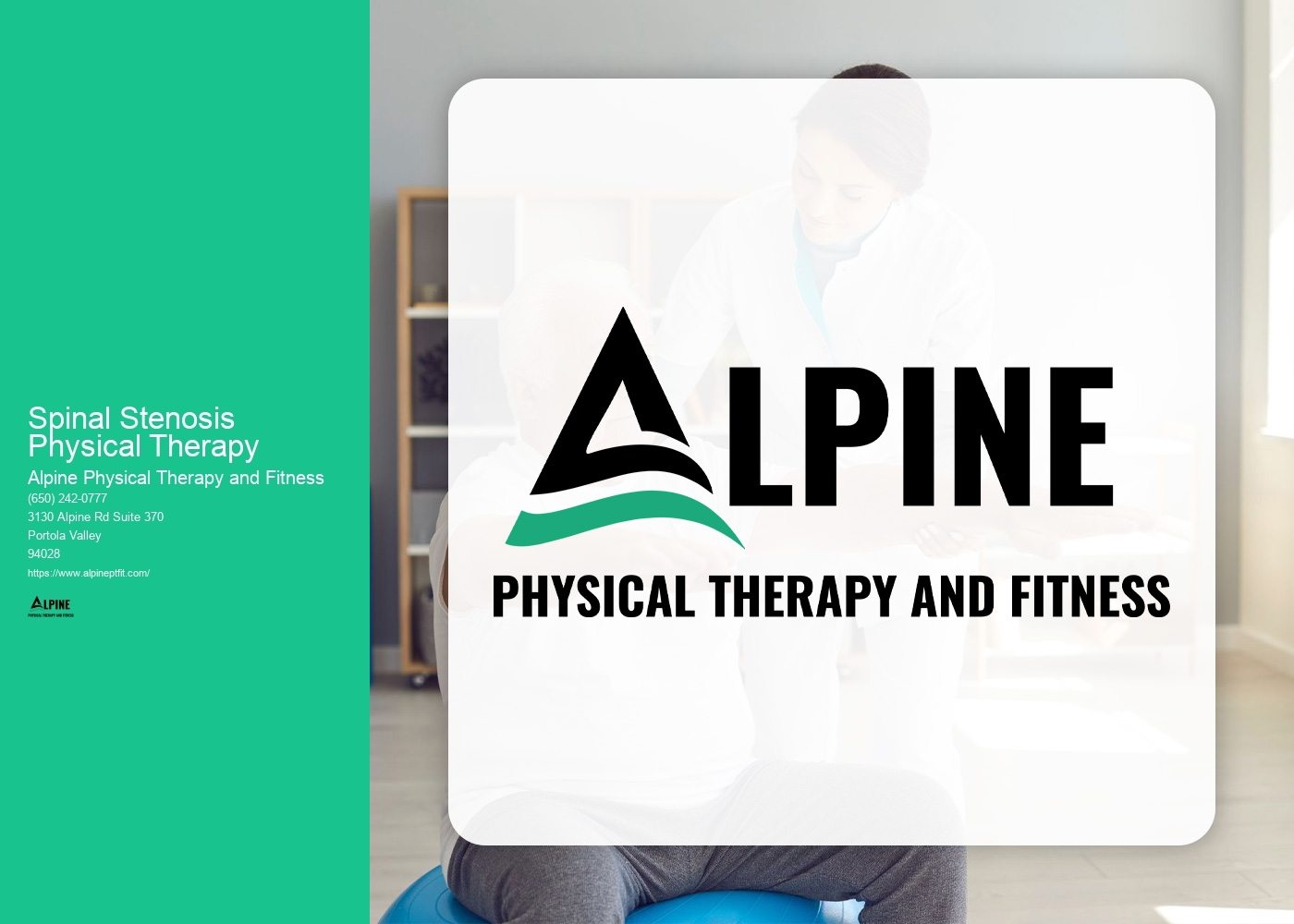

Spinal stenosis is a condition characterized by the narrowing of the spinal canal, which puts pressure on the spinal cord and nerves. This narrowing can occur in the neck (cervical stenosis) or lower back (lumbar stenosis). It is often caused by age-related changes in the spine, such as the thickening of ligaments or the formation of bone spurs. In some cases, spinal stenosis can be congenital or caused by conditions like herniated discs or tumors.
The common symptoms of spinal stenosis can vary depending on the location and severity of the narrowing. However, some common symptoms include pain or cramping in the legs or arms, numbness or tingling in the extremities, weakness in the muscles, and difficulty walking or maintaining balance. These symptoms may worsen with activity and improve with rest or changes in position. In severe cases, spinal stenosis can lead to bowel or bladder dysfunction.
To diagnose spinal stenosis, a healthcare professional will typically start with a thorough physical examination and medical history review. They may also order imaging tests such as X-rays, MRI scans, or CT scans to get a detailed view of the spine. These tests can help identify the presence of narrowing, as well as any other underlying conditions that may be contributing to the symptoms.

Physical therapy can be an effective treatment option for spinal stenosis. It aims to improve strength, flexibility, and overall function while reducing pain and discomfort. A physical therapist will work with the individual to develop a personalized exercise program that targets specific areas of weakness or tightness. This may include exercises to improve core stability, stretching to increase flexibility, and strengthening exercises for the muscles supporting the spine.
When it comes to exercises for spinal stenosis, it is important to focus on low-impact activities that do not put excessive strain on the spine. Some recommended exercises include gentle aerobic exercises like walking or swimming, as well as exercises that promote flexibility and strength in the back and core muscles. Examples of these exercises include pelvic tilts, knee-to-chest stretches, and gentle back extensions. It is crucial to work with a physical therapist to ensure proper form and technique while performing these exercises.

The duration of physical therapy for spinal stenosis can vary depending on the individual's specific needs and progress. In general, a course of physical therapy may last anywhere from a few weeks to several months. The frequency and duration of sessions will be determined by the therapist based on the individual's condition and goals. It is important to follow the therapist's recommendations and continue with any home exercises or stretches prescribed to maintain progress and prevent future flare-ups.
While physical therapy can be beneficial for spinal stenosis, there are some precautions and limitations to consider. It is important to listen to your body and avoid any exercises or movements that cause increased pain or discomfort. It is also important to start slowly and gradually increase the intensity or duration of exercises to avoid overexertion. Additionally, individuals with spinal stenosis should avoid high-impact activities or heavy lifting that may put excessive strain on the spine. It is always best to consult with a healthcare professional or physical therapist before starting any new exercise program.

There are several targeted exercises that can be beneficial for improving fine motor skills in children with autism. These exercises focus on developing hand-eye coordination, finger dexterity, and overall control of small movements. Some examples include using playdough or clay to mold shapes and objects, practicing cutting with scissors to enhance precision and control, engaging in activities that involve picking up small objects with tweezers or tongs, and using puzzles or building blocks to promote manipulation and manipulation skills. Additionally, activities such as drawing, coloring, and writing can also help improve fine motor skills in children with autism. It is important to tailor these exercises to the individual needs and abilities of each child, and to provide a supportive and encouraging environment to foster their progress.
Aquatic therapy offers numerous benefits for individuals with spinal cord injuries. The buoyancy of water reduces the impact on the joints and spine, allowing for increased mobility and range of motion. The resistance provided by the water helps to strengthen muscles and improve overall strength and endurance. Additionally, the hydrostatic pressure of the water can help to reduce swelling and improve circulation. Aquatic therapy also provides a safe and supportive environment for individuals with spinal cord injuries to work on balance, coordination, and functional activities. The calming and relaxing nature of water can also help to reduce pain and promote a sense of well-being. Overall, aquatic therapy is a highly effective and enjoyable form of rehabilitation for individuals with spinal cord injuries.
Physical therapy plays a crucial role in addressing balance issues in older adults. Through a comprehensive assessment, physical therapists identify the underlying causes of balance problems, such as muscle weakness, joint stiffness, or impaired proprioception. They then develop personalized treatment plans that incorporate a range of exercises and interventions to improve balance and stability. These may include strength training exercises to target specific muscle groups, balance training exercises to enhance proprioception and coordination, and gait training to improve walking patterns. Additionally, physical therapists may utilize assistive devices, such as canes or walkers, to provide support and enhance safety during mobility. By addressing the root causes of balance issues and implementing targeted interventions, physical therapy helps older adults regain their balance, reduce the risk of falls, and improve their overall quality of life.
The principles of rehabilitation for a baseball pitcher with shoulder issues involve a comprehensive approach that focuses on restoring strength, flexibility, and stability to the shoulder joint. The rehabilitation program typically includes a combination of exercises, manual therapy techniques, and modalities such as heat or ice therapy. Specific exercises may include rotator cuff strengthening exercises, scapular stabilization exercises, and range of motion exercises. It is important to gradually progress the intensity and volume of the exercises to avoid overloading the shoulder. Additionally, proper throwing mechanics and technique should be emphasized to prevent further injury. The rehabilitation process may also involve addressing any underlying biomechanical issues or muscle imbalances that may have contributed to the shoulder issues. Overall, the goal of rehabilitation is to not only alleviate pain and restore function but also to prevent future injuries and optimize performance.
Physical therapy can be a valuable tool in assisting women with endometriosis-related pain. By utilizing a combination of targeted exercises, manual therapy techniques, and education, physical therapists can help women manage their pain and improve their overall quality of life. Through exercises that focus on strengthening the pelvic floor muscles and improving flexibility, physical therapy can help alleviate pain and discomfort associated with endometriosis. Additionally, manual therapy techniques such as myofascial release and trigger point therapy can help release tension and reduce pain in the pelvic region. Education on proper body mechanics and posture can also be provided, helping women to avoid activities that may exacerbate their symptoms. Overall, physical therapy offers a holistic approach to managing endometriosis-related pain, addressing both the physical and emotional aspects of the condition.